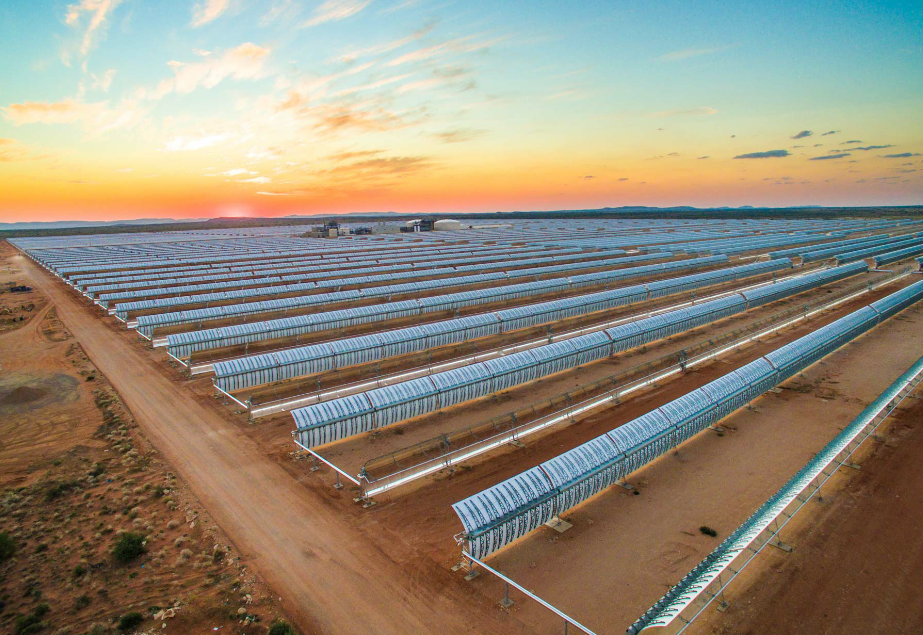
The Red Sea Development Company (TRSDC), the developer behind the world’s most ambitious regenerative tourism project, has awarded its highest-value contract to date to a consortium led by ACWA Power to design, build, operate and transfer The Red Sea Project’s utilities infrastructure.
The contract marks a significant step forward for The Red Sea Project, establishing it as the region’s first tourism destination powered solely by renewable energy. A tourism project of this size, powered solely by renewable energy, has never been achieved on this scale anywhere in the world.
“This is a pivotal moment for us as we seek to build a new kind of tourism destination in Saudi Arabia, aligned with Vision 2030. We’re committed to pushing the boundaries of what it means to be sustainable and investing heavily in renewables is helping us to set new global standards in regenerative tourism,” said John Pagano, CEO of TRSDC.
“This contract also signifies a noteworthy step change for us as the consortium brings foreign investment to the project, demonstrating international support and confidence for the vision that is becoming a reality along the Red Sea coast. At the same time, we are delighted to partner with a consortium leader that has its roots in the Kingdom and shares our ambition to accelerate the energy transition locally,” said Mr. Pagano.
Regenerative tourism
All of the utilities will be delivered under a single agreement, unique for a contract of this kind, which includes the provision of renewable power, potable water, wastewater treatment, solid waste management and district cooling for the 16 hotels, international airport and infrastructure that make up phase one of The Red Sea Project.
Mohammad Abunayyan, Chairman, ACWA Power said: “The Red Sea Project is a vital undertaking under the Saudi Vision 2030 and aims to be a global showcase of the Kingdom’s ability to develop ambitious giga projects. Being selected to support this project marks another milestone in our impressive bid win trajectory, and we are honored and proud to support TRSDC’s ambition to deliver a tourist destination that limits the environmental impact through the provision of zero-carbon emitting and zero-waste generating utility services.”
He added: “As the world seeks to satisfy the rising demand for affordable power and water, ACWA Power remains committed to being at the forefront of the energy transition and providing transformative solutions, including the early adoption of technologies such as distributed generation and smart grids, to deliver power and water reliably and responsibly. Powering the Red Sea Project and all utility services exclusively with clean, renewable energy sources is a commendable strategy, and enabling it through a public-private partnership contract underlines TRSDC’s groundbreaking approach which sets a new benchmark in sustainability and environmental stewardship.”
Energy will be generated via solar panels and wind turbines to meet an initial demand of 210MW with the ability to expand in line with the development.
The PPP agreement expects to generate up to 650,000 MWh of 100% renewable energy to supply the destination and other utility systems, whilst emitting zero CO2. The resulting saving in CO2 emissions to the atmosphere is equivalent to nearly half a million tons each year.
Included in the package is the world’s largest battery storage facility of 1000MWh, which will allow the destination to remain completely off-grid and powered by renewables day and night.
The agreement also covers the construction of three seawater reverse osmosis (SWRO) plants, designed to provide clean drinking water, a solid waste management center and an innovative sewage treatment plant (STP) that is expected to allow waste to be managed in a way that enhances the environment, by creating new wetland habitats and supplementing irrigation water for landscaping at the destination.
International confidence in The Red Sea Project
The ACWA Power consortium is financed by Saudi and international banks, including the UK’s Standard Chartered Bank and China’s Silk Road Fund, and marks a new stage for the development, in terms of securing external investment.
The contract was procured as an independent public-private partnership (PPP), intended to cover the design, construction and operation of the systems providing utilities, accompanied by the associated networks and infrastructure.
The Red Sea Project is not investing any of its own capital and is instead committing to purchase its utilities from the consortium for the next 25 years.
“With the largest battery storage facility in the world in place, we can guarantee that the development is 100 percent powered by renewable energy 24 hours a day, 365 days a year, an accomplishment which has never been achieved on a project of this scale before. This approach requires entirely new utilities infrastructure, and so a PPP contract makes sense as it ensures high quality, affordable utilities for us and a sound return on the investment for our backers,” said Mr. Pagano.
The Red Sea Project has already surpassed significant milestones and work remains on track to welcome the first guests by the end of 2022, when the international airport and the first four hotels will open. The remaining 12 hotels scheduled for completion in Phase One will open in 2023, delivering a total of 3,000 rooms across five islands and two inland resorts.
Upon completion in 2030, there will be 50 hotels, offering up to 8,000 hotel rooms, and around 1,300 residential properties across 22 islands and six inland sites.












